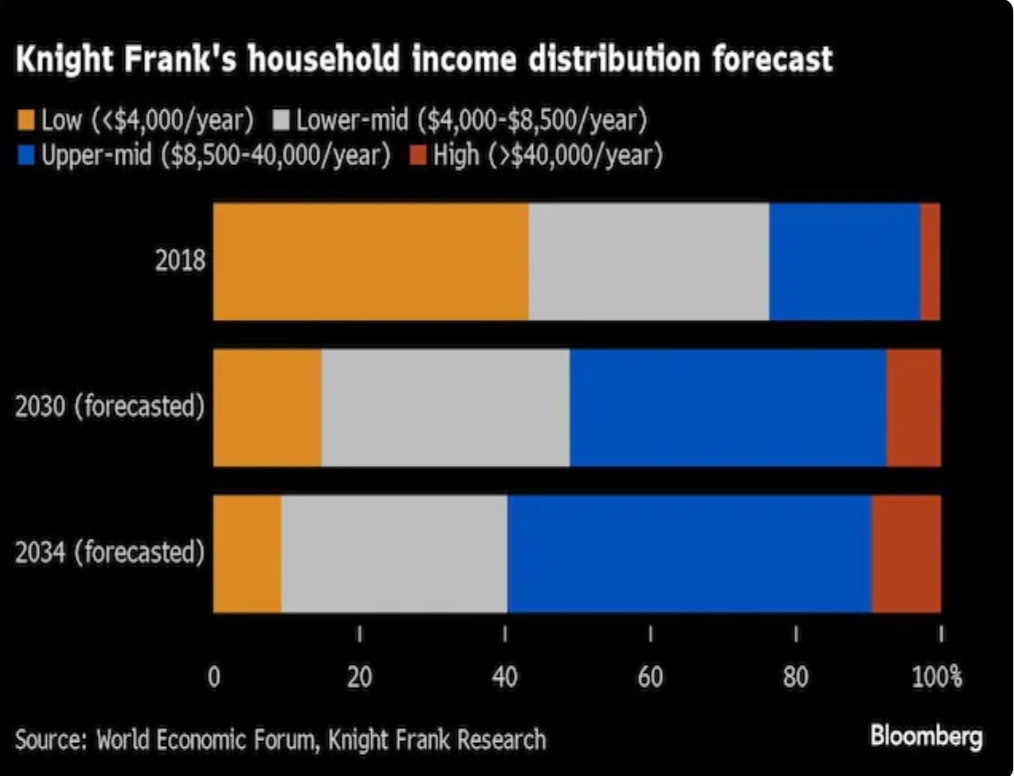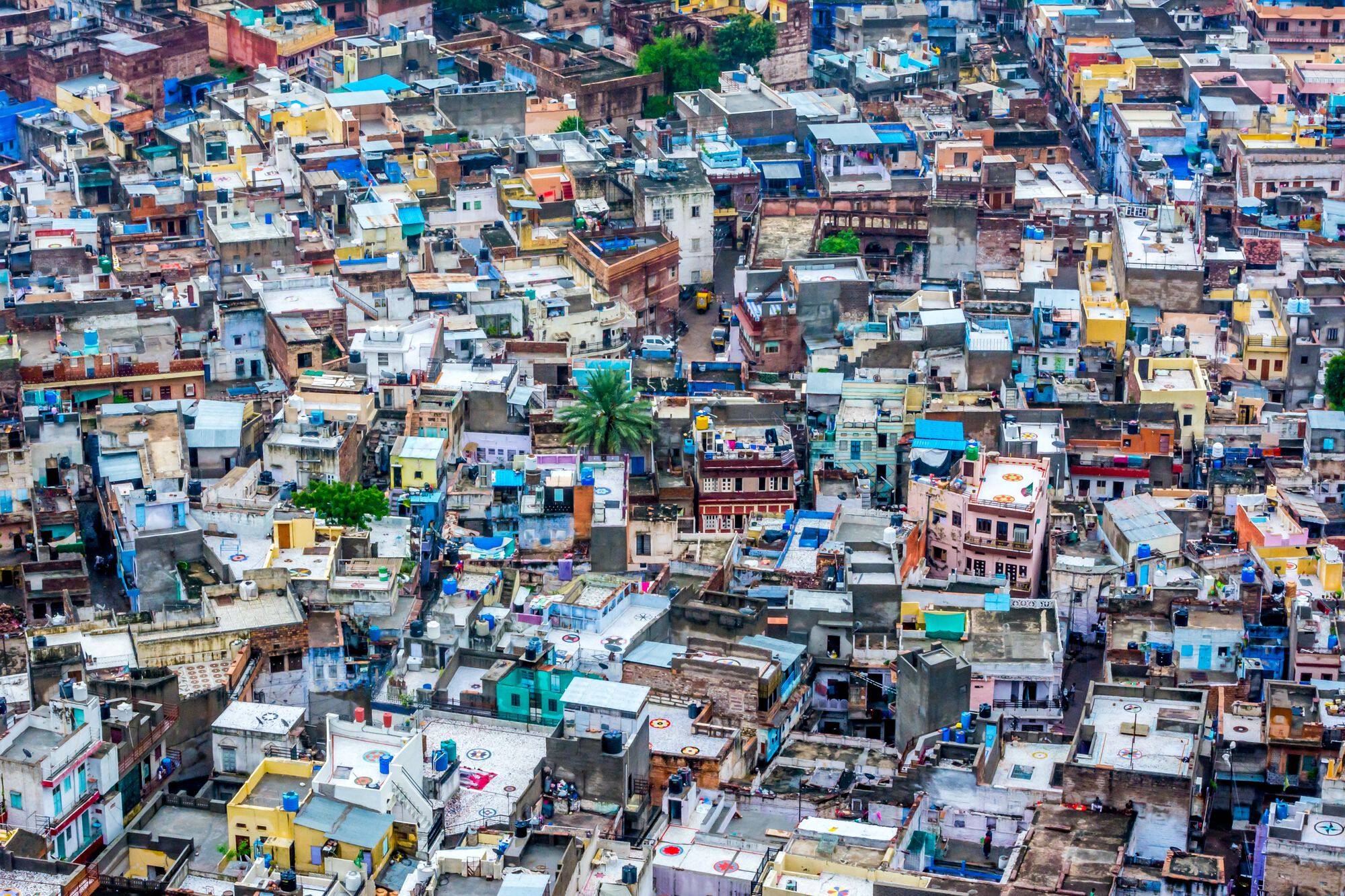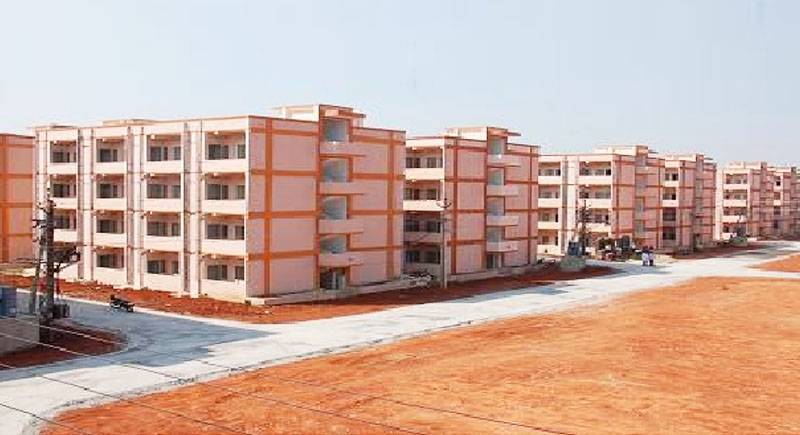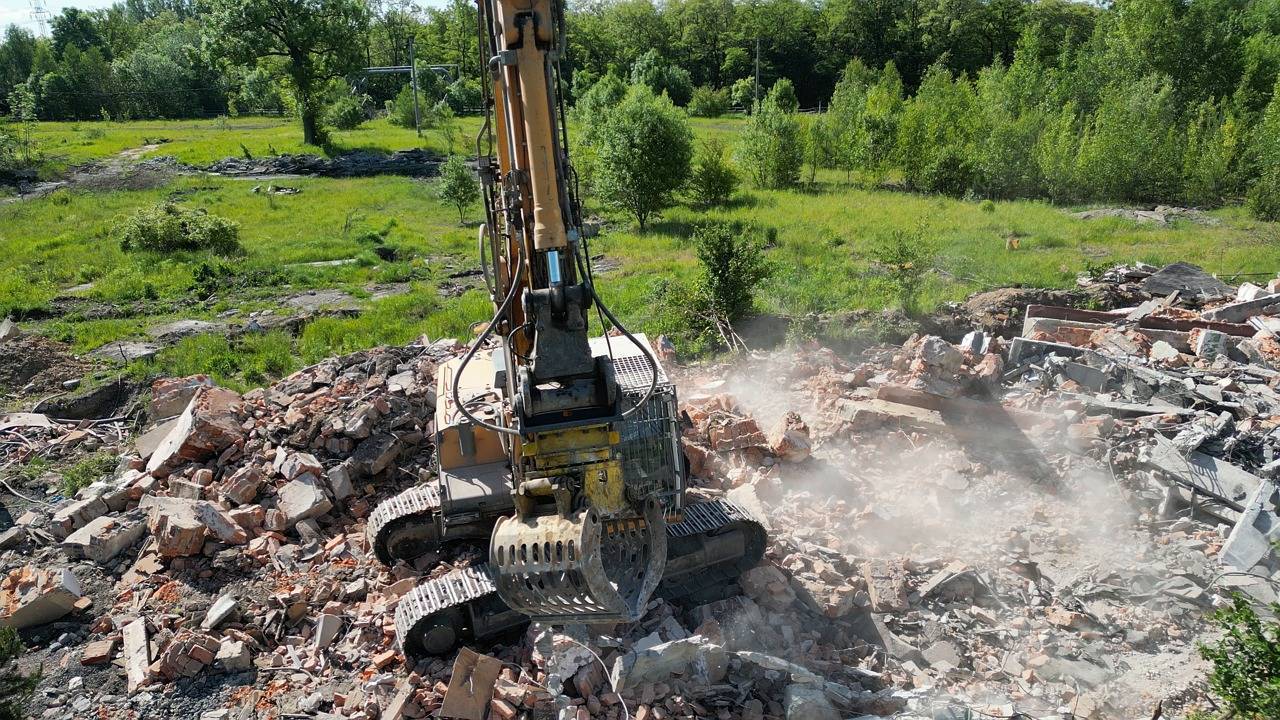India, one of the world's fastest-growing economies, finds itself at a critical juncture in its housing sector. With the monumental task of constructing 100 million new homes by 2030, the country faces immense challenges and unprecedented opportunities. This surge in demand is driven by rising household incomes, urbanization trends, and a growing desire among people to upgrade their living standards. Prime Minister Narendra Modi's commitment to prioritizing growth in the housing and infrastructure sectors, reinforced by his recent third-term victory, underscores the government's alignment with addressing this critical need. However, achieving this ambitious target requires a concerted effort from policymakers, industry players, and stakeholders across various sectors.
Rising Demand and Economic Impact
The catalyst behind India's unprecedented housing demand lies in the projected eligibility of approximately 70 million Indian households for homeownership over the next decade. This, coupled with the increasing aspiration among people to enhance their living spaces, necessitates the construction of up to 100 million new residential units. The economic implications of this surge are profound, with projections indicating a staggering $906 billion in economic output over the next decade, as reported by real estate consulting firm Knight Frank. This signals not just significant economic opportunities but also the potential to spur job creation, drive investment, and stimulate overall economic growth.

Household Income Trends and Housing Demand
The surge in demand for housing in India is intricately linked to the rise in household incomes across the country. Over the past decade, India has witnessed significant growth in median household incomes, driven by factors such as economic development, urbanization, and improvements in education and employment opportunities. As a result, a larger proportion of the population now has the financial means to afford homeownership or upgrade to better-quality housing.
Furthermore, the growth of the middle class in India has been a key driver of housing demand. The expanding middle class has aspirations for improved living standards and seeks housing that offers modern amenities, better infrastructure, and a higher quality of life. This demographic shift, combined with increasing disposable incomes, has led to a surge in demand for residential properties across various segments, including affordable housing, mid-income housing, and luxury housing.
Industry Dynamics and Caution
India's property market has witnessed robust momentum since the onset of the pandemic, with 2023 marking the best year for home sales in over 15 years. However, despite this buoyant demand environment, challenges loom large. According to developers, an accelerated growth pace in construction would struggle to keep up with the demand for 100 million homes. In 2023, only about 600,000 primary homes were built, highlighting a stark disparity between current capacity and required output.
The expansion efforts of developers into burgeoning urban centers like Bengaluru and Pune reflect strategic moves to capitalize on regional growth opportunities. However, addressing the housing challenge requires not just geographic expansion but also innovation in construction methods, financing models, and regulatory frameworks to expedite project execution. The industry must embrace technological advancements, explore alternative financing mechanisms, and navigate regulatory complexities to scale up construction efforts effectively.
Policy Imperatives and Economic Integration
From a policy perspective, the government's role is pivotal in fostering an enabling environment for large-scale development. Initiatives aimed at streamlining regulatory approvals, improving access to financing, and optimizing land use are crucial to unlocking the sector's potential. The government's commitment to catalyzing private sector participation through incentives such as reduced pricing for development projects underscores its dedication to addressing the housing challenge.
However, achieving the target of 100 million homes by 2030 requires sustained policy support and industry collaboration. Policy interventions must focus on enhancing transparency, reducing bureaucratic hurdles, and promoting sustainable practices in urban development. Moreover, economic integration, especially through job creation and skill development in the construction sector, will be essential for ensuring inclusive growth and social upliftment.
Economic and Social Implications
Beyond economic growth, the expansion of the housing sector promises extensive socio-economic benefits. Improved living conditions, enhanced infrastructure, and expanded urban amenities are expected to uplift communities and foster inclusive growth across regions. Moreover, the focus on sustainable urban development aligns with global trends toward resilient and livable cities, addressing environmental concerns while catering to the needs of a growing population.
However, the scale of the endeavor also poses formidable challenges. Managing urban sprawl, ensuring equitable distribution of housing benefits, and mitigating environmental impacts require meticulous planning and execution. The relocation and rehabilitation of affected communities, coupled with the need for robust infrastructure development, add layers of complexity to this ambitious agenda.
Future Outlook and Strategic Imperatives
Looking ahead, India's housing sector stands poised for transformative growth while navigating profound challenges. The convergence of demographic shifts, economic aspirations, and policy imperatives demands a holistic approach toward urban development. Balancing rapid urbanization with sustainable practices, leveraging technology for efficient project management, and fostering inclusive growth will be critical determinants of success.
Conclusion
In conclusion, the mandate to build 100 million homes by 2030 represents not just a monumental construction challenge but a transformative opportunity for India's socio-economic landscape. With visionary leadership, strategic partnerships, and innovative solutions, India can navigate these challenges to build resilient, inclusive communities and achieve sustainable urban prosperity. As stakeholders collaborate across sectors toward this shared goal, India's housing story is poised to become a beacon of growth and resilience on the global stage.
Image source- archdaily.com









.png)